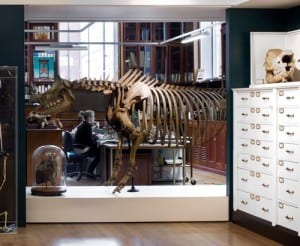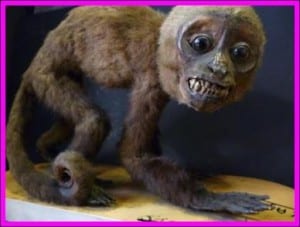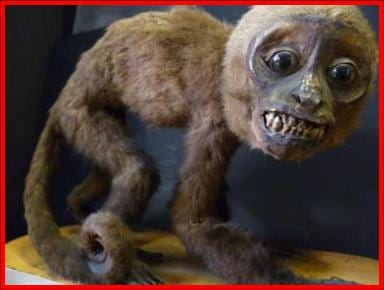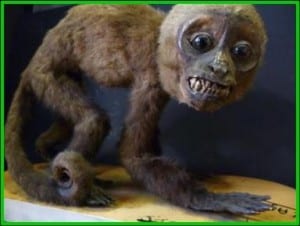Name our Rhino on the Run
By Jack Ashby, on 6 November 2014
The largest single specimen in the Museum – our (hornless) Indian one-horned rhino – is about to go on holiday. He is going away for some serious conservation work. You might call it health tourism.
The rhino entered the Museum as an un-mounted skeleton in 1910-11 when the University of London Loan Collection was disbanded. The Museum then paid £14 to have him, the seal, the bear and “a zebra” (possibly the quagga) mounted onto iron frames. Since then, the rhino has been on open display in the Museum, and the iron is slowly corroding.
This year, as part of a major project called Bone Idols: Preserving our Iconic Skeletons, 39 of our largest specimens are undergoing conservation treatment. Some need intensive cleaning to remove the damaging pollutants and particulates that have built up over up to 180 years on open display; some also need repairs to certain body parts. Some, like the rhino and quagga, need to be totally disassembled, cleaned, and then repositioned on new skeleton-friendly metal frames, with all his joints correctly matching up.
All of this work will allow us to safe-guard our irreplaceable collection for the long-term future and continue to use it every day for teaching, research and public engagement.
There are two exciting opportunities coming up as a result… (more…)
 Close
Close








